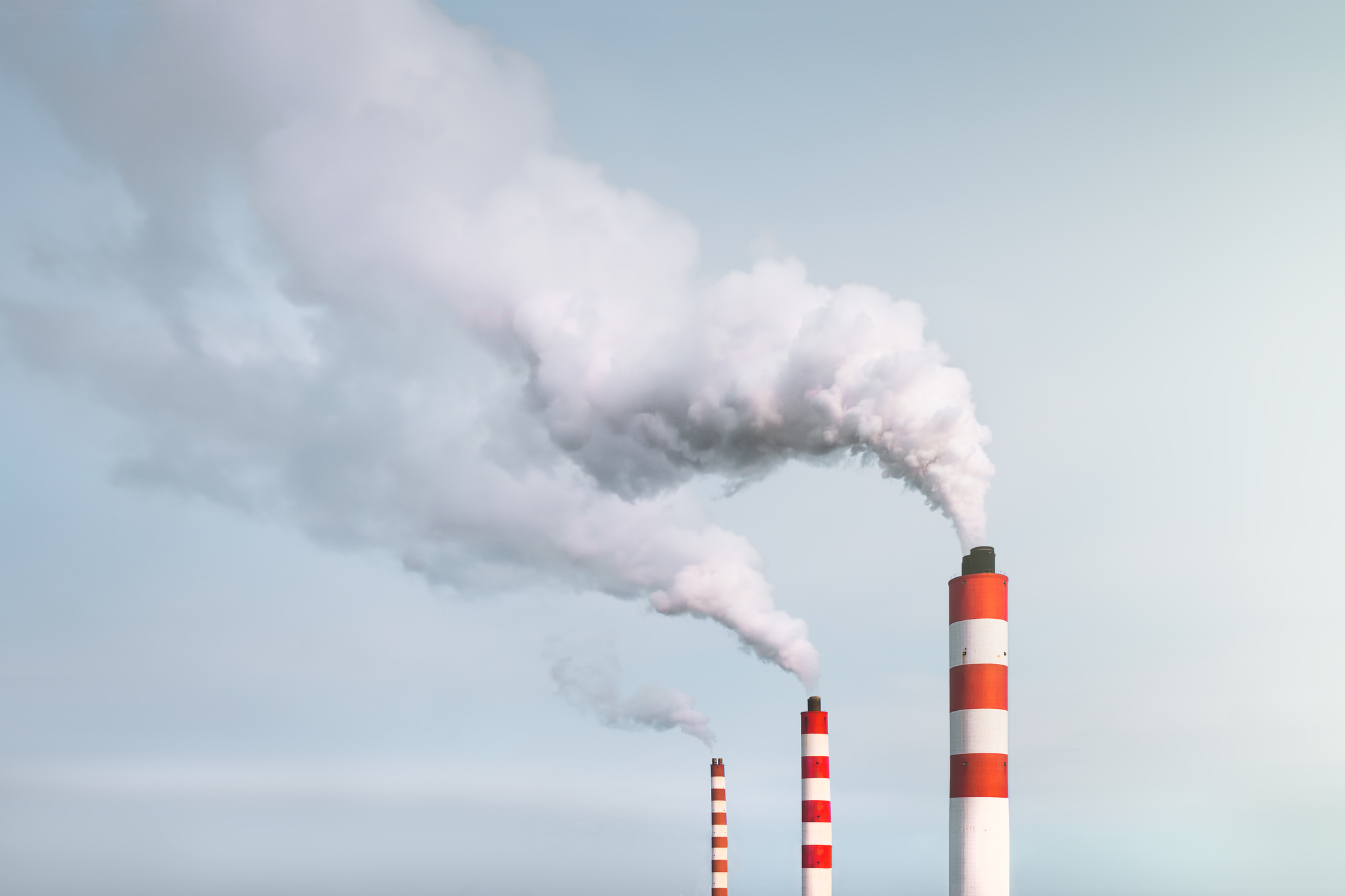Monsters of Rock: They all want to hit net zero, but short term emissions reductions are a tall task for ASX giants

Pic: Eric Yang/Moment via Getty Images
- South32 emissions rise as it commits to abandon greenfields met coal developments
- ASX mining giants are making little dent in near term emissions amid exposure to electricity grids and rising production
Net Zero by at least 2050 is a must have for mining companies in 2022.
Even coal and oil and gas giants are part of the movement, even if their commitment to such targets inspires the level of cynicism normally reserved for the politicians who set those targets in the first place.
Long term is all well and good, and scope 3 emissions generated downstream by customers are often the biggest hurdle for mining companies, but in the here and now a lot of companies are finding it difficult to reduce their scope 1 and 2 emissions as well.
BHP (ASX:BHP) says its reduced its operational greenhouse gas emissions by 15% on its FY2017 baseline, though that excludes the petroleum business and coal mines it shuffled into the far more committed fossil fuel produced hands last year of Woodside (ASX:WDS) and Stanmore (ASX:SMR)
Fortescue Metals Group (ASX:FMG), home of Andrew Forrest’s green energy dream Fortescue Future Industries subsidiary, saw its gross scope 1 and 2 emissions drop just 0.01Mt from 2.56Mt to 2.55Mt in the past year, with net emissions dropping further due to carbon offsets.
South32 (ASX:S32) is the latest mining giant to unload its annual reports today.
They include a new Climate Action Plan, which includes the promise that South32 will not make develop or invest in new greenfield met coal projects after ditching a post-2028 extension of its Illawarra coal ops, despite its conviction met coal will be required in steelmaking for the next two decades.
But its accounts have also shown the short term challenges faced to cut emissions on the ground.
South32 has committed to a strategy focused on metals for a decarbonising world like zinc, silver, copper and aluminium. But its scope 1 and scope 2 emissions combined rose 0.3Mt to 21Mt in FY22, rising for the first time in three years since hitting 23.5Mt in 2019.
Energy markets cause issues for miners
South32 plans to reduce emissions by 50% by 2035 and hit Net Zero by 2050.
But its exposure to grid power means it is reliant on local stakeholders and governments to get the job done.
77% of S32’s operational emissions come from just two operations, the energy intensive Hillside Aluminium and Worsley Alumina businesses in South African and WA.
93% come from just four, with the Illawarra coal and Mozal Aluminium smelter included.
A 0.4Mt increase in scope 2 emissions at Hillside was largely down to the increase in coal grid emissions in South Africa, while a slight increase in emissions from the Mozal smelter in Mozambique was down to maintenance affecting its supply of hydroelectricity.
“We continue to work closely with governments and other stakeholders to transition to lower-carbon energy alternatives at these operations and have established a framework to integrate just transition planning into our decarbonisation planning and decision making to support a fair and equitable transition for our people, communities and other stakeholders,” South32 said.
“Our Climate Change Action Plan outlines the actions we are
taking to address specific risks and opportunities that climate change presents for our business,” S32 CEO Graham Kerr said the $20 billion miner is committed to delivering on its commitments.
“Delivering on our climate change commitments is fundamental to our purpose and our Plan describes how we are working in collaboration with our stakeholders to prepare our business for the global energy transition, meet our climate change commitments and achieve a just transition for our people, our business and our communities.
“We understand the need for action on climate change and we are responding by addressing our biggest challenges. We will continue to regularly review our approach to climate change and we are committed to
transparently reporting on our progress.”
South32 (ASX:S32) share price today:
Related Topics
UNLOCK INSIGHTS
Discover the untold stories of emerging ASX stocks.
Daily news and expert analysis, it's free to subscribe.
By proceeding, you confirm you understand that we handle personal information in accordance with our Privacy Policy.








